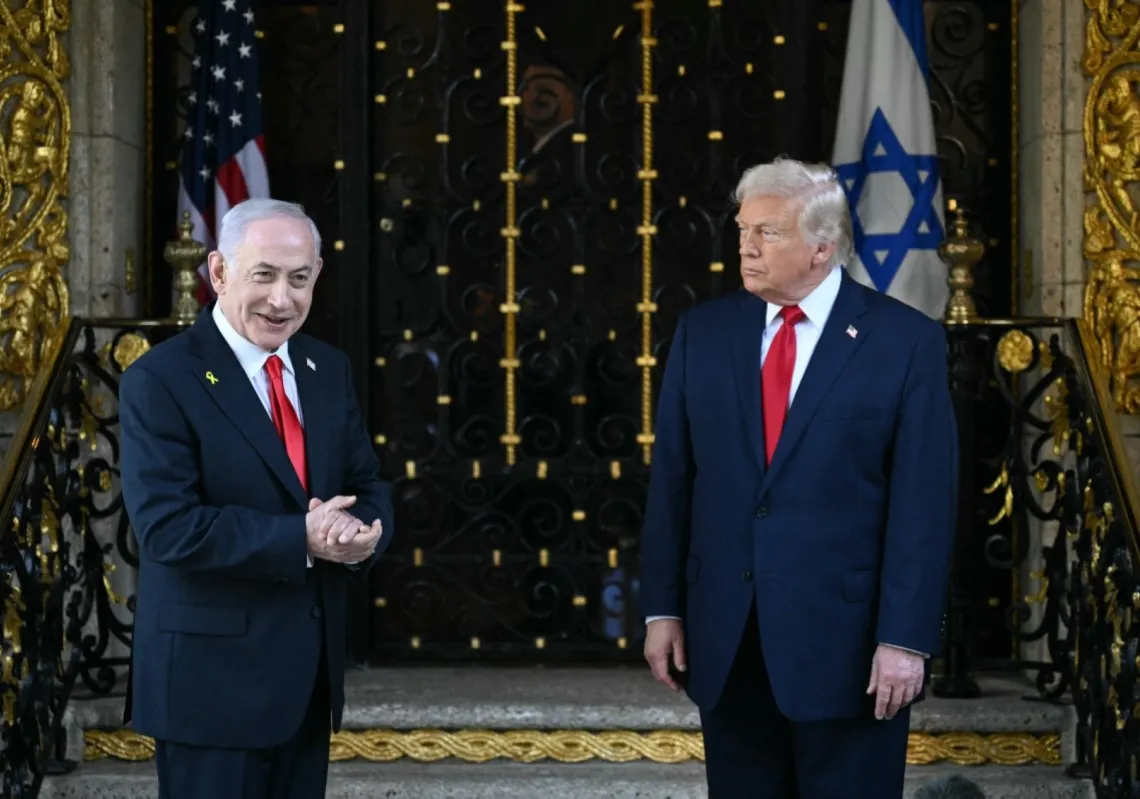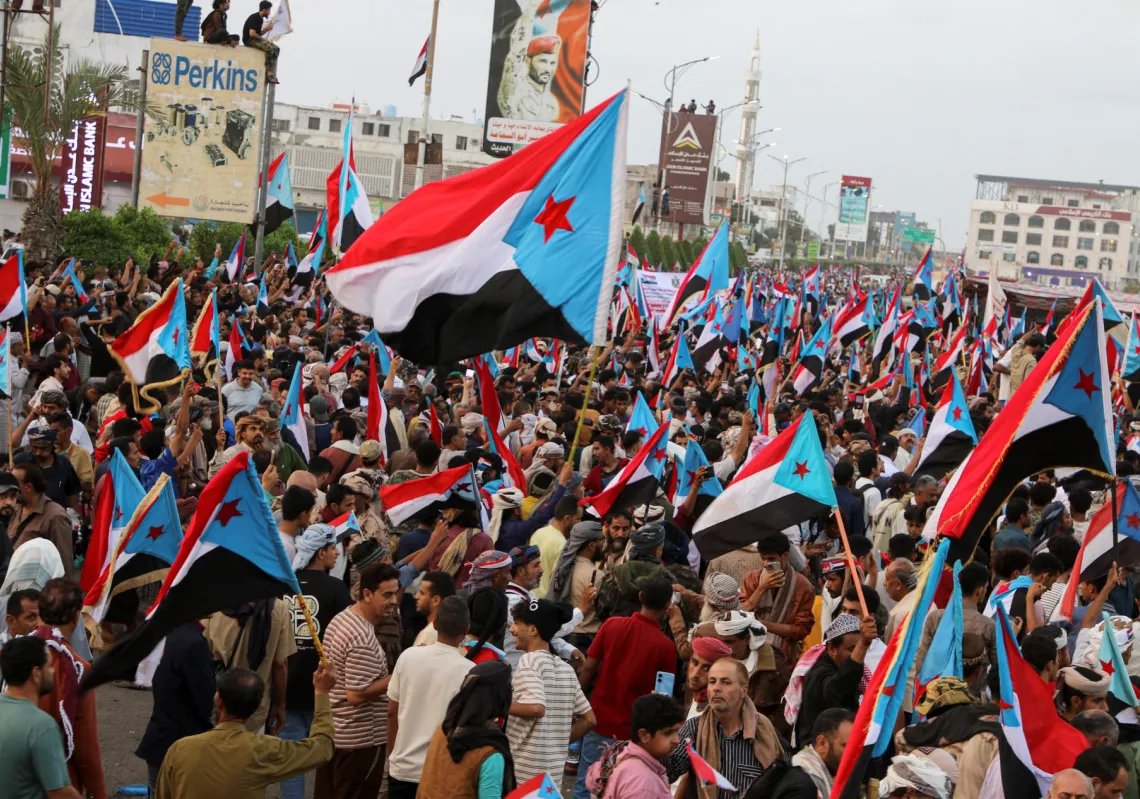For instance, Kurdish students would begin studying subjects in the Arabic language, and these Arabic-language subjects would make up a minimum of 20% of their comprehensive curriculum.
It's important to note that this is not an "opt-in" feature. The successful completion of these subjects is a mandatory prerequisite to graduate to the next academic year.
This is applicable to every student, regardless of ethnicity. Arab students also partake in lessons taught in Kurdish, while Syriac students participate in lessons carried out in Arabic.
In the fifth grade, English – the aforementioned "foreign language" – becomes a primary language of instruction. It takes up approximately the same space in the curricula as the second local language does.
Linguistic integration and cognitive difficulties
Maya Ahmed, a researcher in educational sociology, describes this approach to educational multilingualism in the northeastern region as "an exceptional opportunity culturally and educationally, even if it faces a cognitive challenge."
Speaking to Al Majalla, she adds: "This is the first experience in the history of Syria involving equality in linguistic merit. The Kurds have always been subjected to persecution and linguistic denial, similarly to the Syriacs and the Armenians, even though the latter had their own schools, which (unlike the Kurds) teach their religion in their own language."
Today, according to Ahmed, the situation has completely changed. Now, both students and parents can see a greater sense of fairness in the educational system.
She adds that surveys have been conducted among students exposed to curricula and education in various local languages. The results showed their proficiency in the diverse languages of their immediate surroundings.
This adeptness is thanks to the multitude of instructional languages, as well as daily interactions at school, particularly during collaborative extracurricular activities.
Linguistic diversity has also played a role in fostering a positive perception of different national and social identities that coexist in particular areas, which is in stark contrast to earlier periods in history.
Nevertheless, Ahmed acknowledges concerns about potential "cognitive deficits" that may impact students, especially those of Syriac and Kurdish origins; their primary language could come with limitations.
For instance, the Kurdish language enjoys the merits of any other language, but it is considered to be less advanced in areas such as literature and social sciences, and especially in STEM subjects (Science, Technology, Engineering, and Mathematics).
On its own, their proficiency in other languages, such as Arabic and English, will not equip them to adequately engage in scientific research and learning.
This is true even though Kurdish possesses all the attributes of a complete language. Unfortunately, its "cognitive impoverishment" has been a consequence of historical policies of restriction and suppression imposed by regional governments, which have had a lasting impact throughout the past century.
Support organisations
Government agencies in northeastern Syria are aware of these cognitive difficulties facing students learning in Kurdish.
Due to the recent introduction of Kurdish as an instructional and official language in the region – and the dominance of Arabic in various educational, cultural, administrative, and economic sectors – this issue has become more and more evident.
In response, many auxiliary institutions have been launched to strengthen the Kurdish language and increase literary and knowledge production in Kurdish.
One pioneering model is the Kurdish Language Authority (Saziya Ziman a Kurdî ya Rojava - SZK). This institution works in various fields of knowledge related to the Kurdish language, from standardising its rules and developing its structure to providing it with more scientific terminology.
It also produces daily audiovisual materials that motivate students and all Kurdish citizens to speak and write in their mother tongue.

In addition, the SZK is working on producing a comprehensive linguistic dictionary that contains all modern international terms, concepts, and articles. This dictionary is intended to become a major encyclopedia in the Kurdish language.
The administration is also working to develop the skills of Kurdish-language educational staff.
According to special information obtained by Al Majalla, there are currently 9,681 teachers of the Kurdish language out of 41,182 teachers in the entire education sector in northeastern Syria.















